Reducing Balance Depreciation Method: Explanation & Calculation
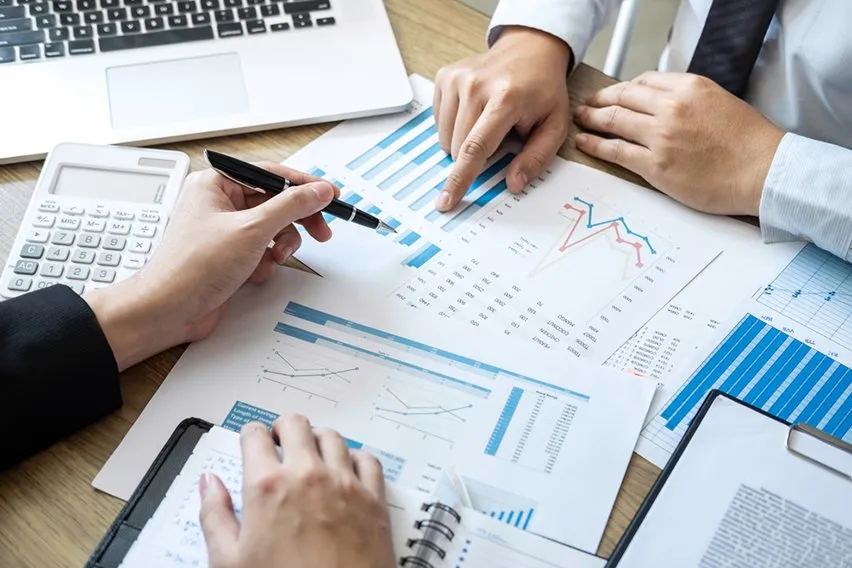
There are certain things that you can do as a small business to help your business succeed. There are several tools and resources that you can leverage to stay ahead of the competition. And one of the biggest elements of any business is an efficient accounting process.
Being able to accurately complete payroll, submit taxes and keep detailed records is critical. You also can work with different financial methods to help keep costs down. One of those methods is reducing balance depreciation.
Here’s everything you need to know about the reducing balance depreciation method, including how to calculate it.
Here’s What We’ll Cover:
What Is Reducing Balance Depreciation?
How to Calculate Reducing Balance Depreciation
Why Should You Use the Reducing Balance Method of Depreciation?
What Is Reducing Balance Depreciation?
Reducing balance depreciation is a method to help you calculate the rate of depreciation of an asset when it’s expensed at a percentage. Basically, you charge more depreciation at the beginning of the lifetime of an asset. And you charge less towards the end of the asset’s lifetime.
The idea is to help decline depreciation rate expenses as each accounting period progresses. It can also be known as diminishing balance depreciation or declining balance depreciation.

How to Calculate Reducing Balance Depreciation
To do a depreciation calculation you are going to need to have a few details handy. First, you’re going to need to know the original value of the asset. Be sure to include any additional costs that are required for the asset to get used.
You will also need to know the residual value of the asset, which can also be known as salvage value or scrap value. This is basically the overall value of the asset when it reaches the end of its use. The final bit of information you will need to have is the depreciation factor.
This is the percentage that the asset will depreciate year after year. Knowing and understanding this information will allow you to calculate the depreciation in a few steps.
- Use the following balance formula to calculate the depreciation:
(Net book value – residual value) x depreciation factor = the depreciation charge per year
- You then take the depreciation charge and subtract it from your current book value. This will end up calculating your remaining book value.
Try and repeat these steps throughout the asset’s life. When the asset is in the final year of its useful life, you can then subtract the residual value from your current book value. You can then record that final amount as an expense.
Keep in mind this is a fairly basic and simple way to calculate depreciation value. There are some more complex calculations you could do and there are also online calculators that can make the process even easier.
Why Should You Use the Reducing Balance Method of Depreciation?
When it comes to the different methods of depreciation, the reducing balance method can be very useful. It’s especially useful when your asset is the most productive or has the highest utility at the beginning of its useful life.
This is because the result is depreciation expenses that can reflect how productive and functional the asset is. Plus it also shows its total capacity to generate revenue for your business.
For example, some machinery used in the manufacturing industry is the most functional when they’re new. Ultimately, this means that they have a better opportunity to generate more revenue earlier in their useful life. The reducing balance method helps to reflect these details accurately.

Key Takeaways
At the end of the day, the most important thing is that you do what’s right for your business. For example, if a straight-line depreciation method of calculation suits your needs best then that’s the way you should go. Regardless of which depreciation deduction method you use, knowing them allows you to make better decisions.
You can reduce your depreciation expenses and be able to show just how productive and functional your assets are. This will allow you to understand their capacity and generate more revenue. And making the calculations can be fairly simple, you just need a few pieces of information.
Make sure you have all your asset costs, including their original value and any additional costs needed for them to get used. You will also need to know the residual value of your assets and their depreciation factor. Once you have that information, you follow two steps to calculate depreciation.
Use the formula that’s outlined above to calculate the depreciation and understand the cash flow on your balance sheet. You can then subtract that amount from your current book value to get your remaining book value. It can be helpful to do these calculations multiple times throughout your asset’s life.
Did you enjoy reading this guide? Head over to our resource hub for more content!
RELATED ARTICLES

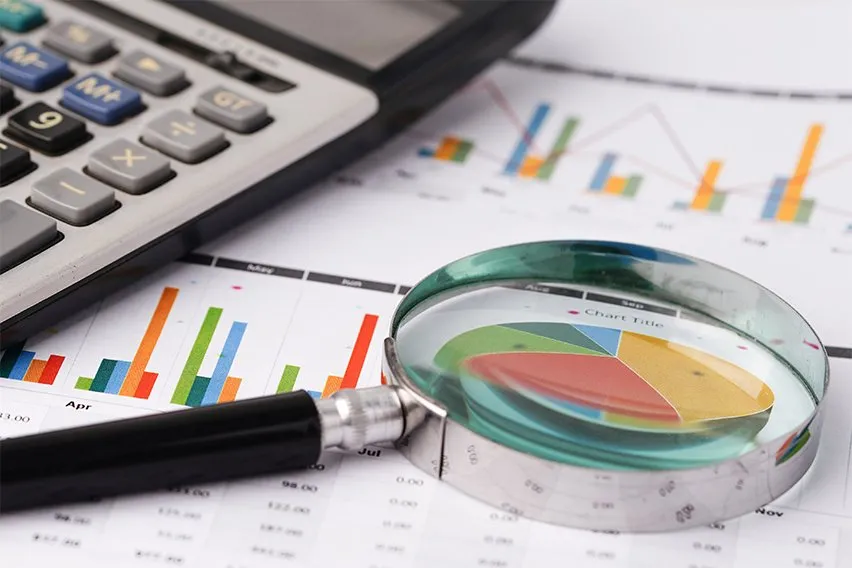 Why Is Cash Flow Important: 3 Major Reasons
Why Is Cash Flow Important: 3 Major Reasons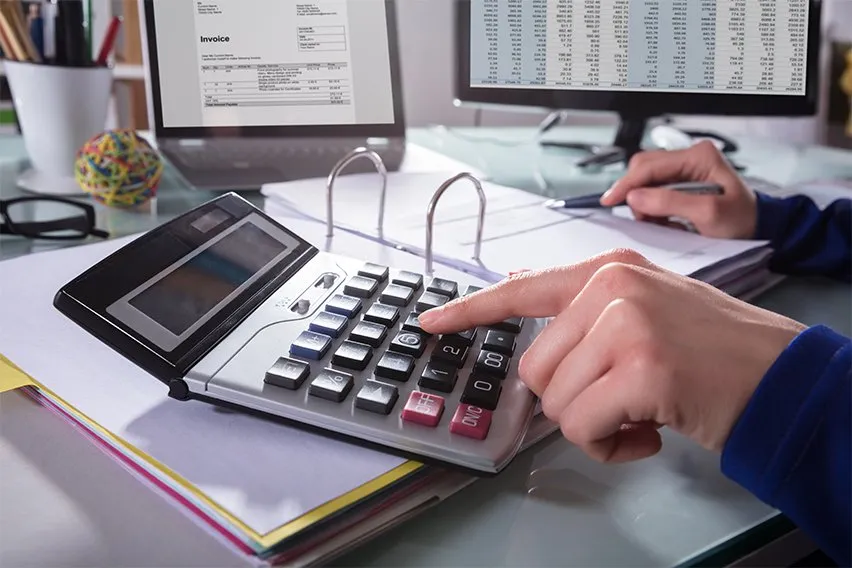 What Is Payment on Account & How to Pay It?
What Is Payment on Account & How to Pay It? What Is A Cash Advance?
What Is A Cash Advance?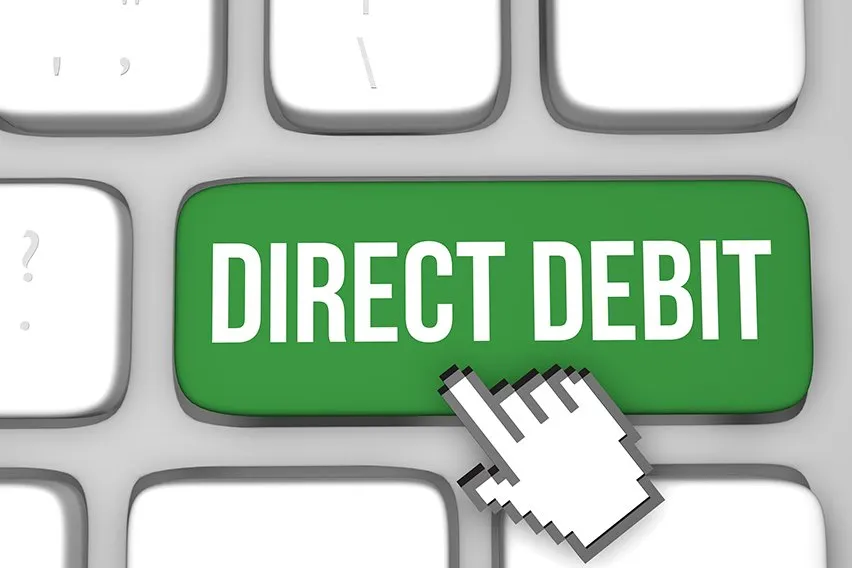 What is the Direct Debit Guarantee?
What is the Direct Debit Guarantee?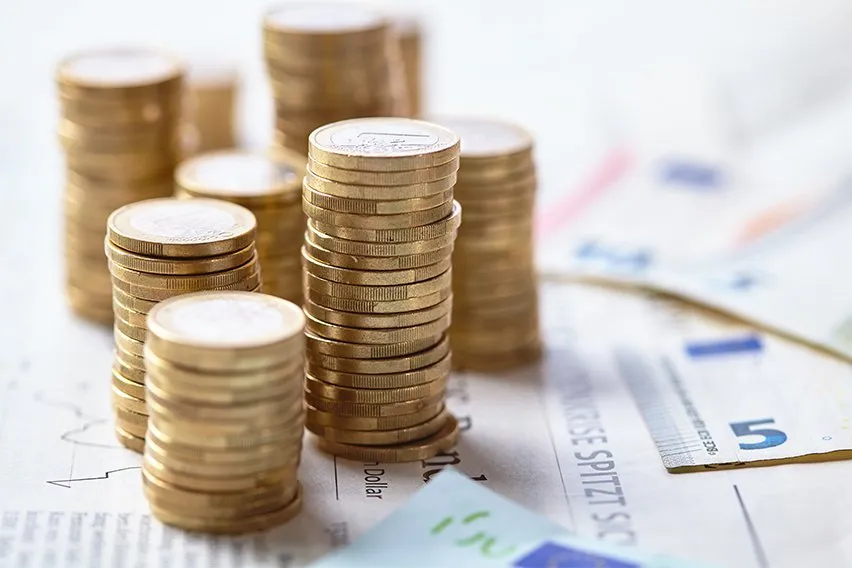 What Are Capital and Reserves & How to Calculate in Balance Sheet
What Are Capital and Reserves & How to Calculate in Balance Sheet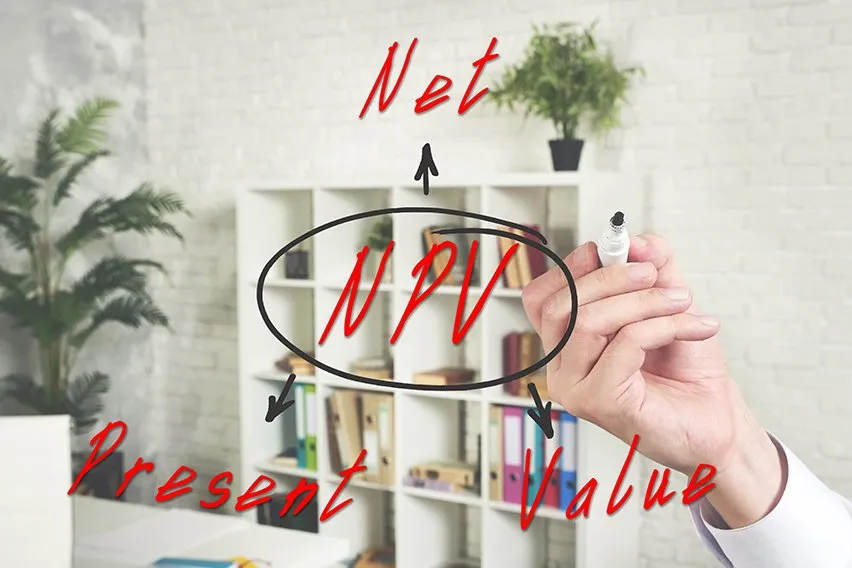 Learn How to Calculate NPV (Net Present Value)
Learn How to Calculate NPV (Net Present Value)